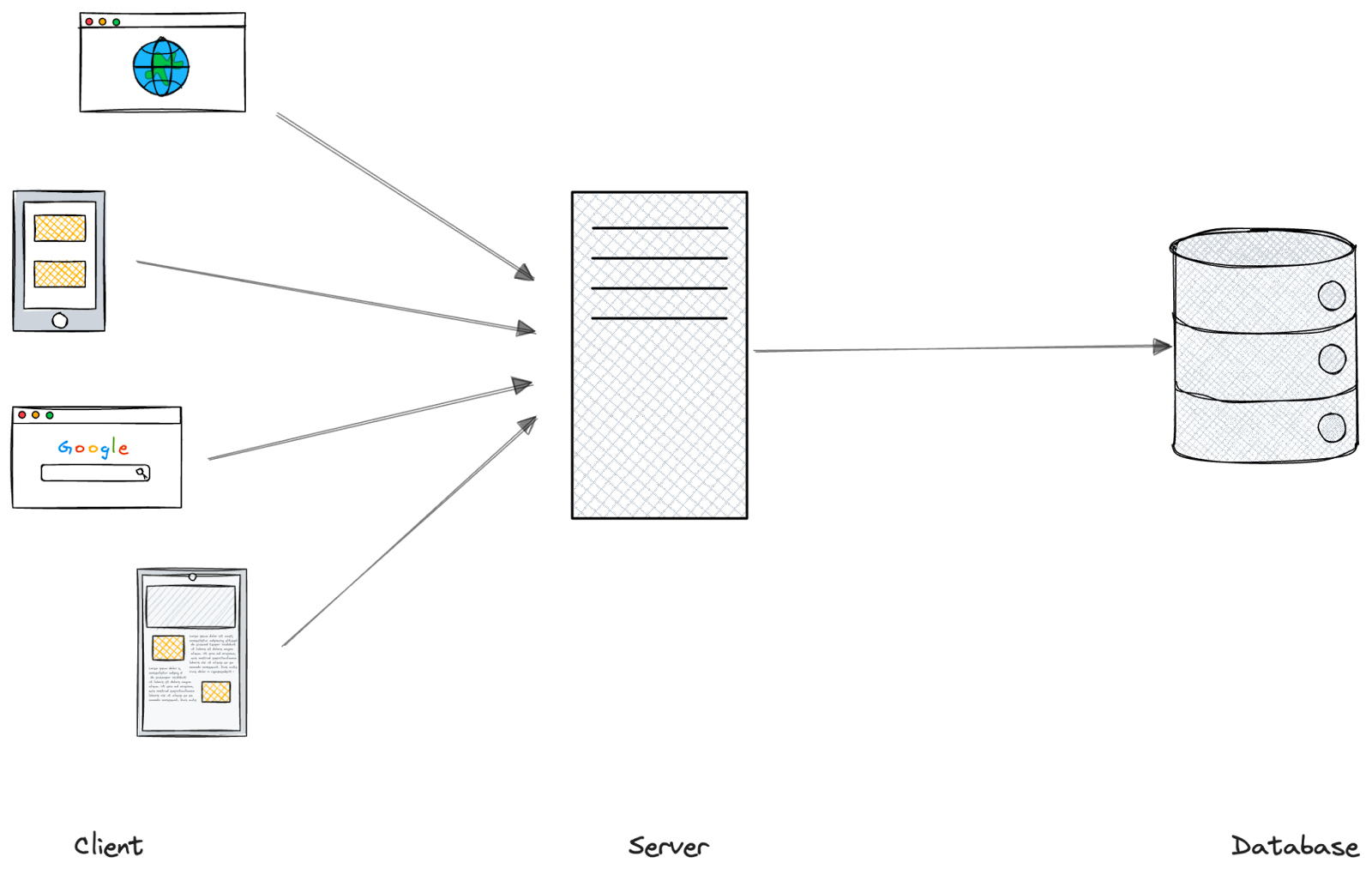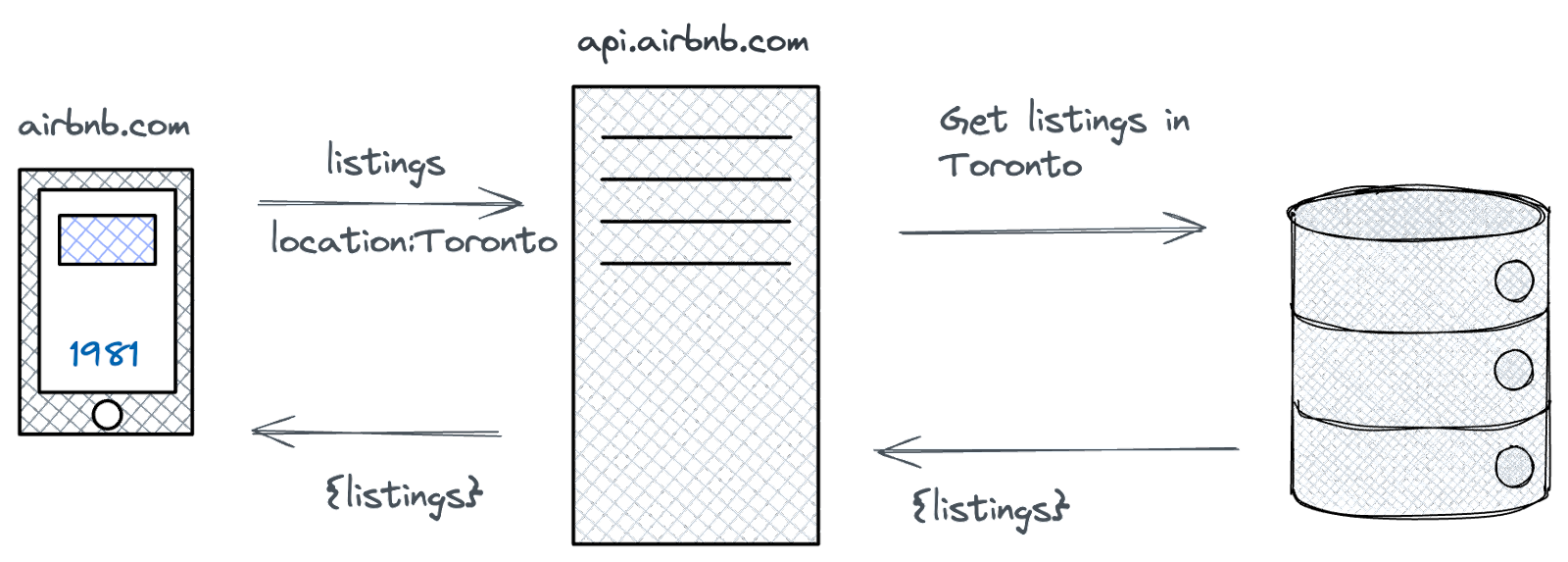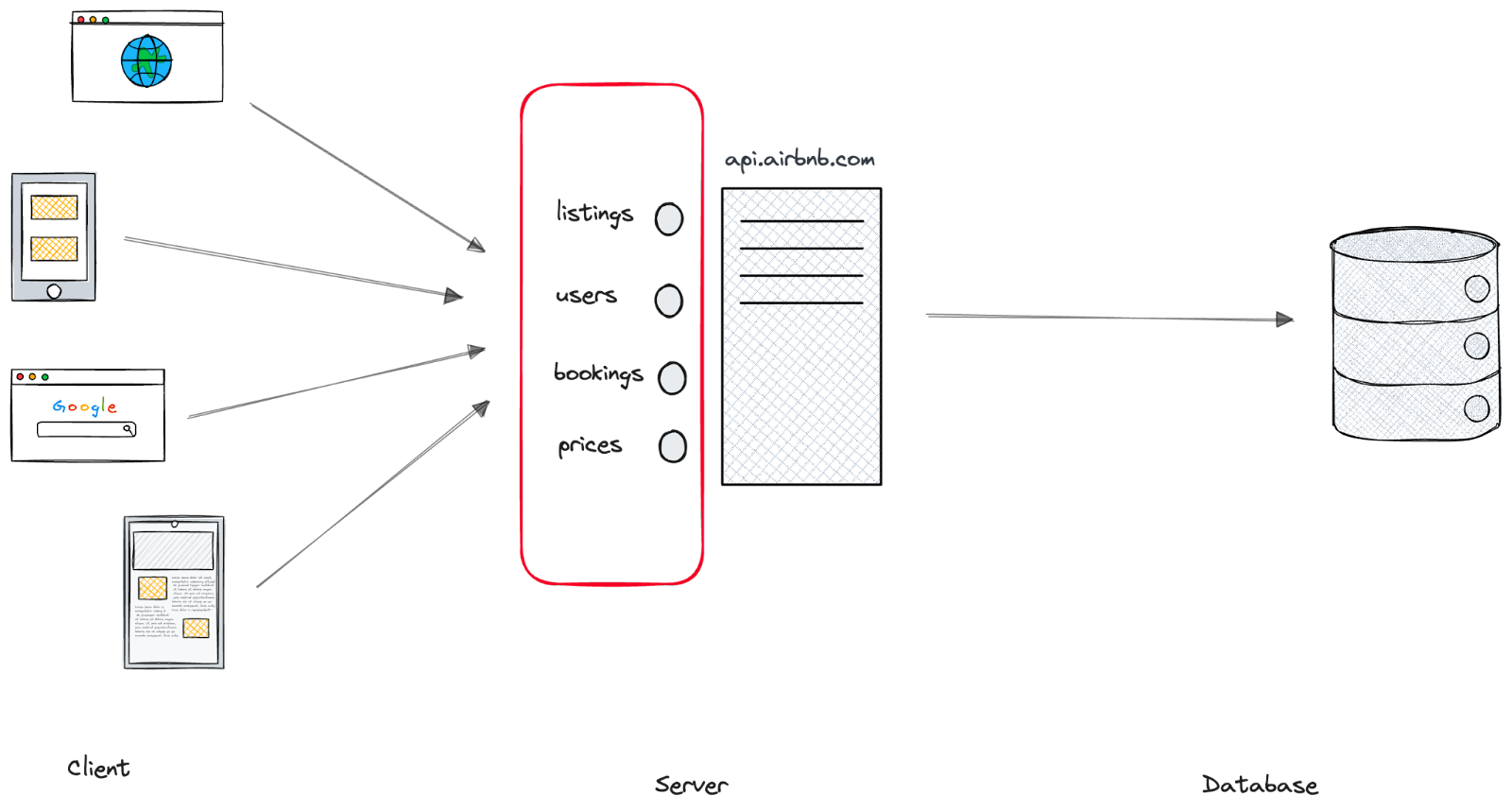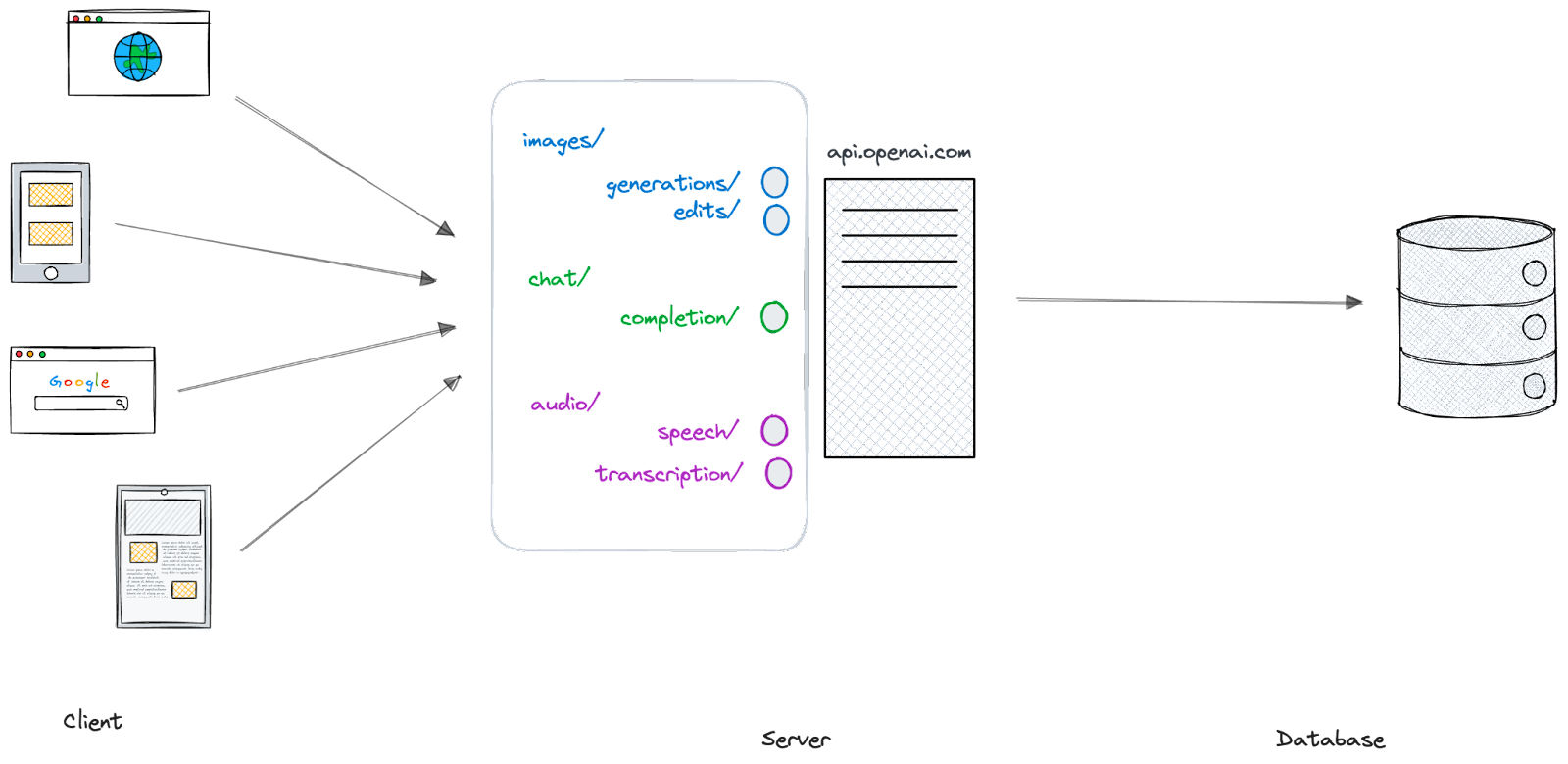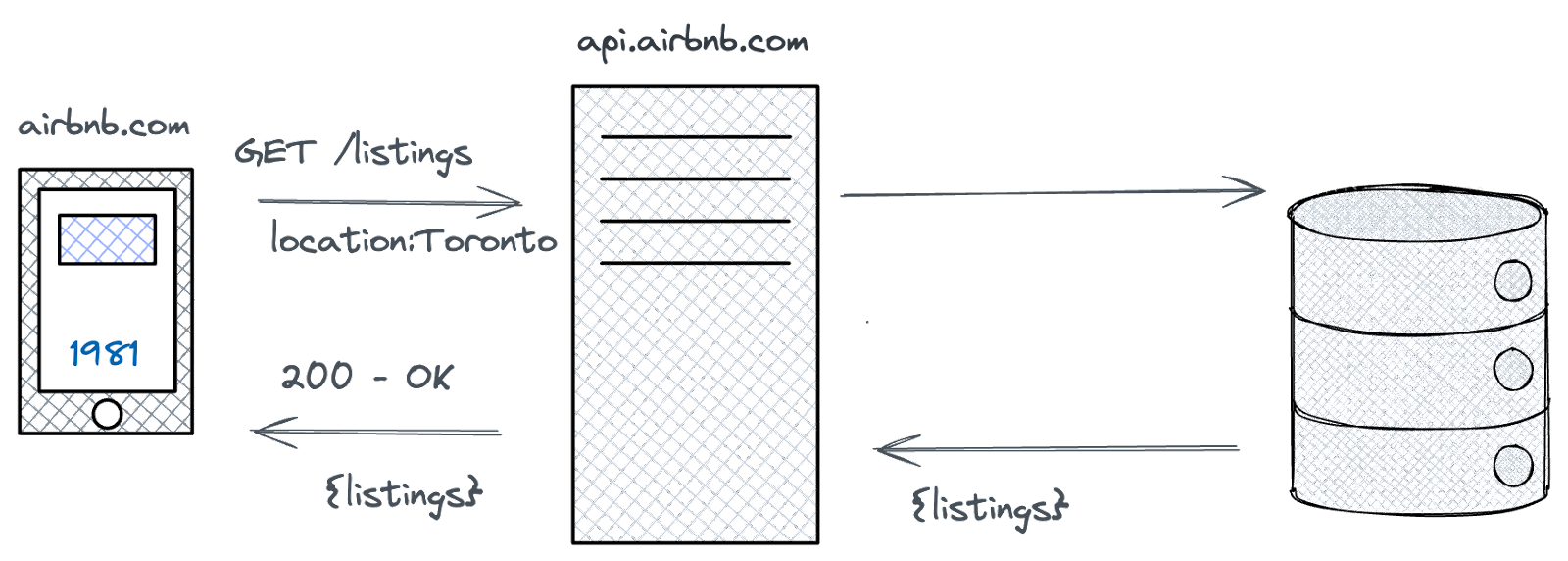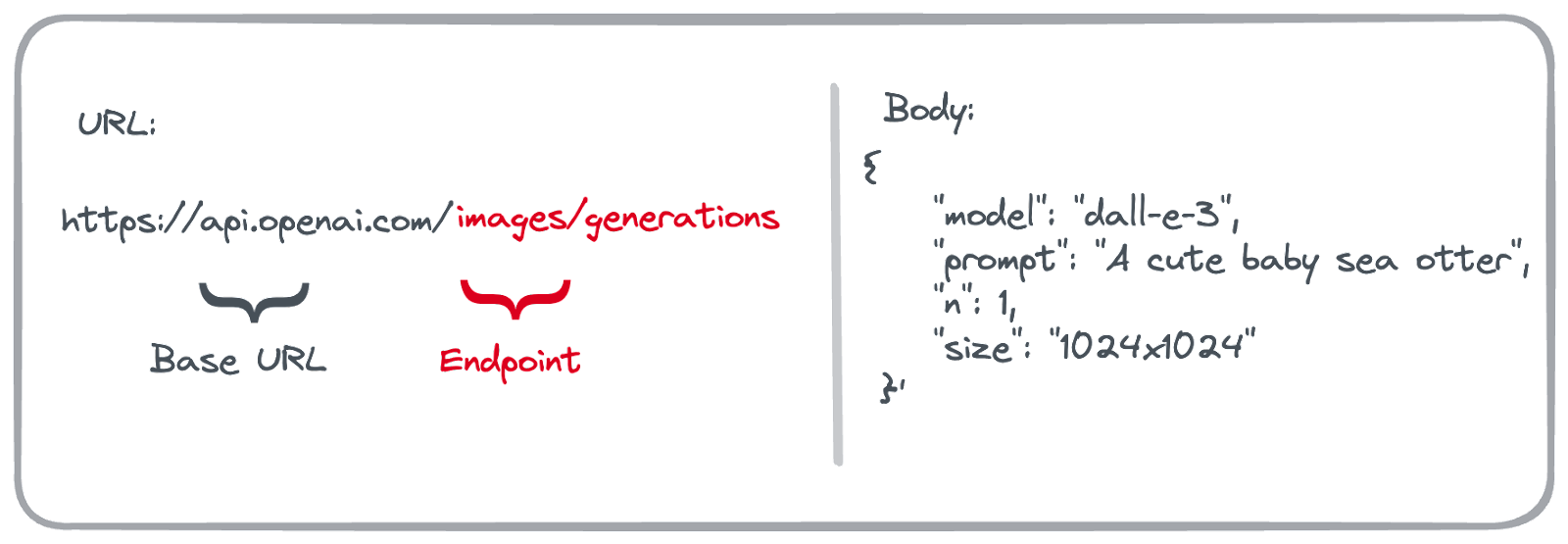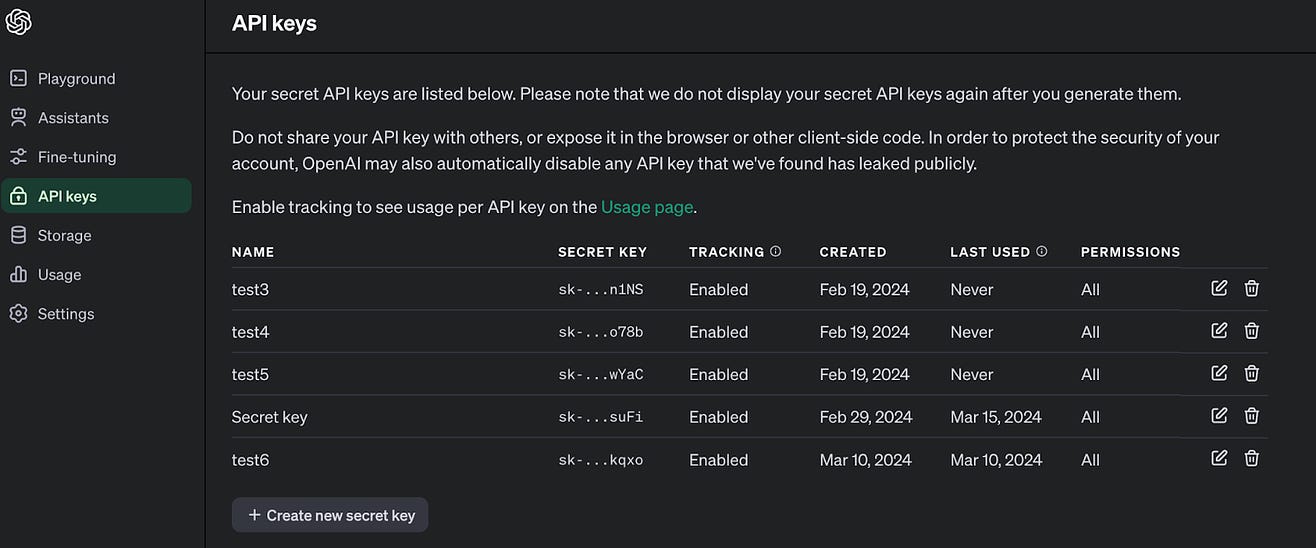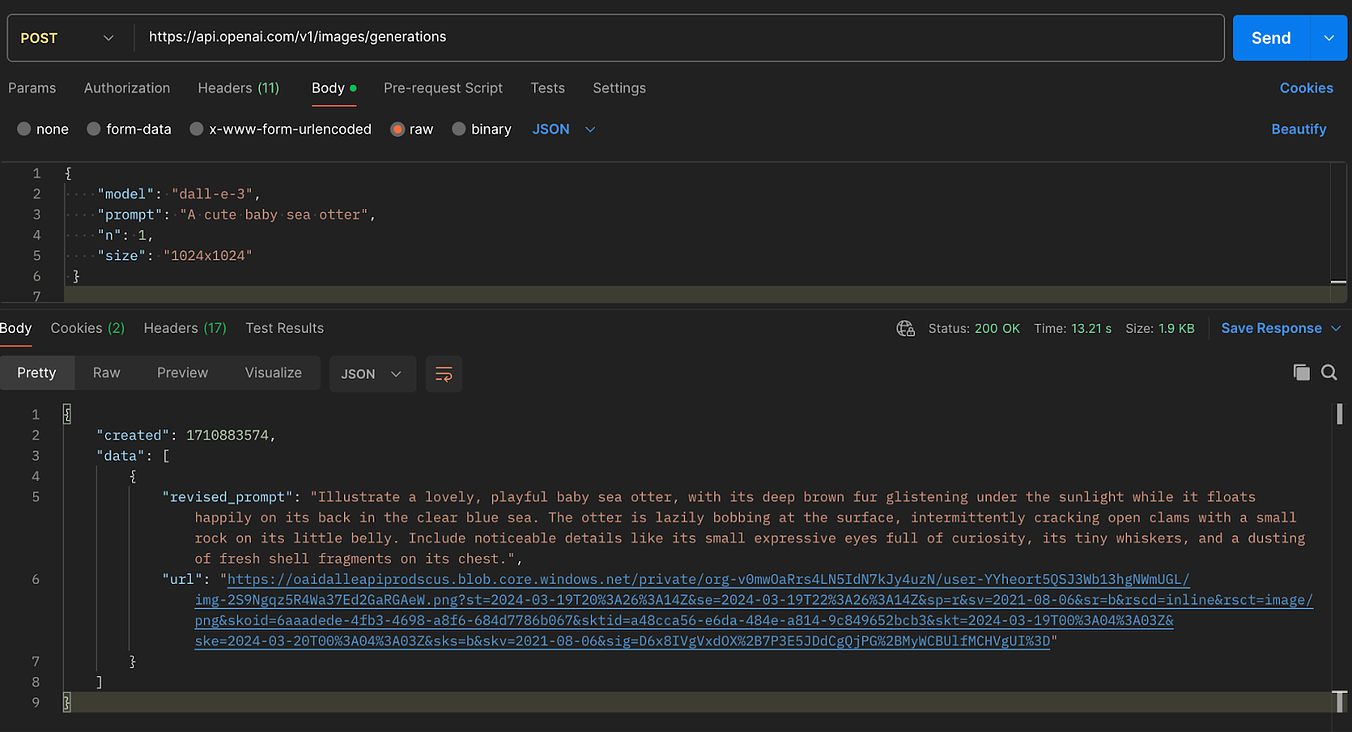Lenny's Newsletter - Become a more technical product manager
👋 Hey, I’m Lenny and welcome to a 🔒 subscriber-only edition 🔒 of my weekly newsletter. Each week I tackle reader questions about building product, driving growth, and accelerating your career. P.S. Don’t miss my PM recruiting service (to hire your next Sr. PM or VP), Lennybot (an AI chatbot trained on my newsletter posts, podcast interviews, and more), and my swag store (great gifts for your favorite PM, or yourself!)
A technical background is a superpower for product managers, as I’ve said before. You’ll make better decisions, understand trade-offs, make more accurate estimates, and communicate with engineers with more confidence, while also creating more career opportunities for yourself. And now that AI is increasingly infused into products, it’s even more important that product managers understand the basics. To help you level up, I teamed up with Colin Matthews, instructor of the very popular Maven course Technical Foundations for Product Managers. Below, Colin breaks down in the simplest way possible—and with hands-on practice—APIs, code deployments, system architectures, branches, databases, unit tests, and much more. If you’ve been embarrassed, or too busy, to ask your engineers how all this works—this post is for you. For more from Colin, check out Colin’s Maven course—the next cohort kicks off on May 6! Use this link to get 25% off. Building a strong foundation of technical skills improves your ability to bridge technical and business domains, uncover implementation issues before they’re in production, and improve your working relationships with your technical counterparts. This quick guide will help get you up to speed and start building your skills with hands-on practice. Application architecture and APIsAlmost every software product is built with the same three parts: a client, a server, and a database. Things can get a lot more complicated as you grow, but these fundamental ideas stay the same. The client is your website or app that’s used by the end user. The server processes requests from the client. The database is your permanent storage of data. Your client communicates with your server through an application programming interface, or API. What is an API?For most software product managers, we’re talking about web APIs. This is the front door to your server that allows other applications to access data or trigger events. APIs are everywhere—Meta, Etsy, OpenAI, your bank, your doctor, the weather. These kinds of public APIs are meant to be used by developers outside of the company that built them. Anyone who has permission can start making API calls to get data, submit new information, or even interact with AI. APIs can also be private. These are intended to be used only within that application or product (versus by third parties). As a quick example, let’s look at how Airbnb might fetch listings to show you when you search for Toronto. Breaking this down, we can see that:
Wait, so what exactly is the API?Is the API the server? Kind of. As we said above, the API is the server’s front door—it’s the set of actions that are available to clients. The API (hosted on a server) will either process the request itself or pass it downstream to be processed. Going back to our Airbnb example, in addition to fetching Listings, you could imagine the API also allows a client to access Users, Bookings, Prices, and more. We commonly call these endpoints or resources. Let’s take a look at another example: OpenAI. OpenAI supports a wide range of actions via their API. You can create images, transcribe audio, and get chat responses. Here’s what their API endpoints look like: OpenAI has organized their API into a few groups—images, chat, and audio. Within each, there are a few endpoints that allow you to take different actions. For example, you could send a request to /audio/speech to create an MP3 file of text-to-speech with the AI voice of your preference. Here’s an example: What are some common patterns with APIs?Once you understand a few basic patterns with APIs, you’ll be able to breeze through technical documentation in no time. First, there are three main types of APIs:
As mentioned, REST is by far the most popular design for APIs. It supports many different request types, but there are two we’ll focus on today—GET and POST. GET requestsGET requests do what you think they would: get stuff. Every time you open a web page, your browser sends a GET request to the server at the URL you’ve entered and the server returns some content to be rendered. In its simplest form, this content can be an HTML file that your browser displays, or it can be a more complex format that needs to be interpreted, like JSON. Let’s update our Airbnb example above to specify the request type. Now we can see that we’re sending a GET request to the /listings endpoint. We also specified that we only want listings in Toronto. Let’s break the request down into its components:
POST requestsPOST requests are used to submit new data to the server. For example, we would use a POST request on Open AI’s /images/generations endpoint to create a new image. We would also include a body with the request, which contains data to be processed by the server. Here’s what that might look like: As long as we have access, OpenAI will respond to this request with the cutest baby sea otter you’ve ever seen. Remember that text-to-speech example with an AI-generated voice that we got from OpenAI’s API? Well, that was a POST request. To generate this, we sent a POST request to https://api.openai.com/v1/audio/speech with the following body:
In response to this request, the API sends back an MP3 file with the text-to-speech phrase. How can I practice?Want to try a request for yourself? Follow along to generate your own images using DALL-E and OpenAI’s API.
Software development lifecycleNow that we understand the basics of application architecture and APIs, we can talk about how engineers actually build software. Chances are you’re following some version of the software development lifecycle, or SDLC. This follows a familiar process:...  Continue reading this post for free, courtesy of Lenny Rachitsky.A subscription gets you:
|
Older messages
Kunal Shah on winning in India, second-order thinking, the philosophy of startups, and more
Sunday, March 24, 2024
Listen now (79 mins) | Brought to you by: • WorkOS—The modern API for auth and user identity • Orb—The flexible billing engine for modern pricing • Dovetail—Bring your customer into every decision —
The ultimate guide to PR | Emilie Gerber (founder of Six Eastern)
Thursday, March 21, 2024
Listen now (94 mins) | Brought to you by: • Sprig—Build a product people love • Eppo—Run reliable, impactful experiments • Vanta—Automate compliance. Simplify security. — Emilie Gerber is the founder
The happiness and pain of product management | Noam Lovinsky (Grammarly, Facebook, YouTube, Thumbtack)
Sunday, March 17, 2024
Listen now (70 mins) | Brought to you by: • Whimsical—The iterative product workspace • Vanta—Automate compliance. Simplify security. • LinkedIn Ads—Reach professionals and drive results for your
My podcast tech stack, workflows, and lessons—plus a giveaway!
Tuesday, March 12, 2024
Celebrating 10M downloads 🎉 ͏ ͏ ͏ ͏ ͏ ͏ ͏ ͏ ͏ ͏ ͏ ͏ ͏ ͏ ͏ ͏ ͏ ͏ ͏ ͏ ͏ ͏ ͏ ͏ ͏ ͏ ͏ ͏ ͏ ͏ ͏ ͏ ͏ ͏ ͏ ͏ ͏ ͏ ͏ ͏ ͏ ͏ ͏ ͏
Product management theater | Marty Cagan (Silicon Valley Product Group)
Sunday, March 10, 2024
Listen now (85 mins) | Brought to you by: • Sprig—Build a product people love • Eppo—Run reliable, impactful experiments • Vanta—Automate compliance. Simplify security. — Marty Cagan is a luminary in
You Might Also Like
🚀 Ready to scale? Apply now for the TinySeed SaaS Accelerator
Friday, February 14, 2025
What could $120K+ in funding do for your business?
📂 How to find a technical cofounder
Friday, February 14, 2025
If you're a marketer looking to become a founder, this newsletter is for you. Starting a startup alone is hard. Very hard. Even as someone who learned to code, I still believe that the
AI Impact Curves
Friday, February 14, 2025
Tomasz Tunguz Venture Capitalist If you were forwarded this newsletter, and you'd like to receive it in the future, subscribe here. AI Impact Curves What is the impact of AI across different
15 Silicon Valley Startups Raised $302 Million - Week of February 10, 2025
Friday, February 14, 2025
💕 AI's Power Couple 💰 How Stablecoins Could Drive the Dollar 🚚 USPS Halts China Inbound Packages for 12 Hours 💲 No One Knows How to Price AI Tools 💰 Blackrock & G42 on Financing AI
The Rewrite and Hybrid Favoritism 🤫
Friday, February 14, 2025
Dogs, Yay. Humans, Nay͏ ͏ ͏ ͏ ͏ ͏ ͏ ͏ ͏ ͏ ͏ ͏ ͏ ͏ ͏ ͏ ͏ ͏ ͏ ͏ ͏ ͏ ͏ ͏ ͏ ͏ ͏ ͏ ͏ ͏ ͏ ͏ ͏ ͏ ͏ ͏ ͏ ͏ ͏ ͏ ͏ ͏ ͏ ͏ ͏ ͏ ͏ ͏ ͏ ͏ ͏ ͏ ͏ ͏ ͏ ͏ ͏ ͏ ͏ ͏
🦄 AI product creation marketplace
Friday, February 14, 2025
Arcade is an AI-powered platform and marketplace that lets you design and create custom products, like jewelry.
Crazy week
Friday, February 14, 2025
Crazy week. ͏ ͏ ͏ ͏ ͏ ͏ ͏ ͏ ͏ ͏ ͏ ͏ ͏ ͏ ͏ ͏ ͏ ͏ ͏ ͏ ͏ ͏ ͏ ͏ ͏ ͏ ͏ ͏ ͏ ͏ ͏ ͏ ͏ ͏ ͏ ͏ ͏ ͏ ͏ ͏ ͏ ͏ ͏ ͏ ͏ ͏ ͏ ͏ ͏ ͏ ͏ ͏ ͏ ͏ ͏ ͏ ͏ ͏ ͏ ͏ ͏ ͏ ͏ ͏ ͏ ͏ ͏ ͏ ͏ ͏ ͏ ͏ ͏ ͏ ͏ ͏ ͏ ͏ ͏ ͏ ͏ ͏ ͏ ͏ ͏ ͏ ͏ ͏ ͏ ͏ ͏ ͏ ͏ ͏ ͏
join me: 6 trends shaping the AI landscape in 2025
Friday, February 14, 2025
this is tomorrow Hi there, Isabelle here, Senior Editor & Analyst at CB Insights. Tomorrow, I'll be breaking down the biggest shifts in AI – from the M&A surge to the deals fueling the
Six Startups to Watch
Friday, February 14, 2025
AI wrappers, DNA sequencing, fintech super-apps, and more. ͏ ͏ ͏ ͏ ͏ ͏ ͏ ͏ ͏ ͏ ͏ ͏ ͏ ͏ ͏ ͏ ͏ ͏ ͏ ͏ ͏ ͏ ͏ ͏ ͏ ͏ ͏ ͏ ͏ ͏ ͏ ͏ ͏ ͏ ͏ ͏ ͏ ͏ ͏ ͏ ͏ ͏ ͏ ͏ ͏ ͏ ͏ ͏ ͏ ͏ ͏ ͏ ͏ ͏ ͏ ͏ ͏ ͏ ͏ ͏ ͏ ͏ ͏ ͏ ͏ ͏ ͏ ͏ ͏ ͏ ͏
How Will AI-Native Games Work? Well, Now We Know.
Friday, February 14, 2025
A Deep Dive Into Simcluster ͏ ͏ ͏ ͏ ͏ ͏ ͏ ͏ ͏ ͏ ͏ ͏ ͏ ͏ ͏ ͏ ͏ ͏ ͏ ͏ ͏ ͏ ͏ ͏ ͏ ͏ ͏ ͏ ͏ ͏ ͏ ͏ ͏ ͏ ͏ ͏ ͏ ͏ ͏ ͏ ͏ ͏ ͏ ͏ ͏ ͏ ͏ ͏ ͏ ͏ ͏ ͏ ͏ ͏ ͏ ͏ ͏ ͏ ͏ ͏ ͏ ͏ ͏ ͏ ͏ ͏ ͏ ͏ ͏ ͏ ͏ ͏ ͏ ͏ ͏ ͏ ͏ ͏ ͏ ͏ ͏ ͏ ͏ ͏ ͏ ͏ ͏


